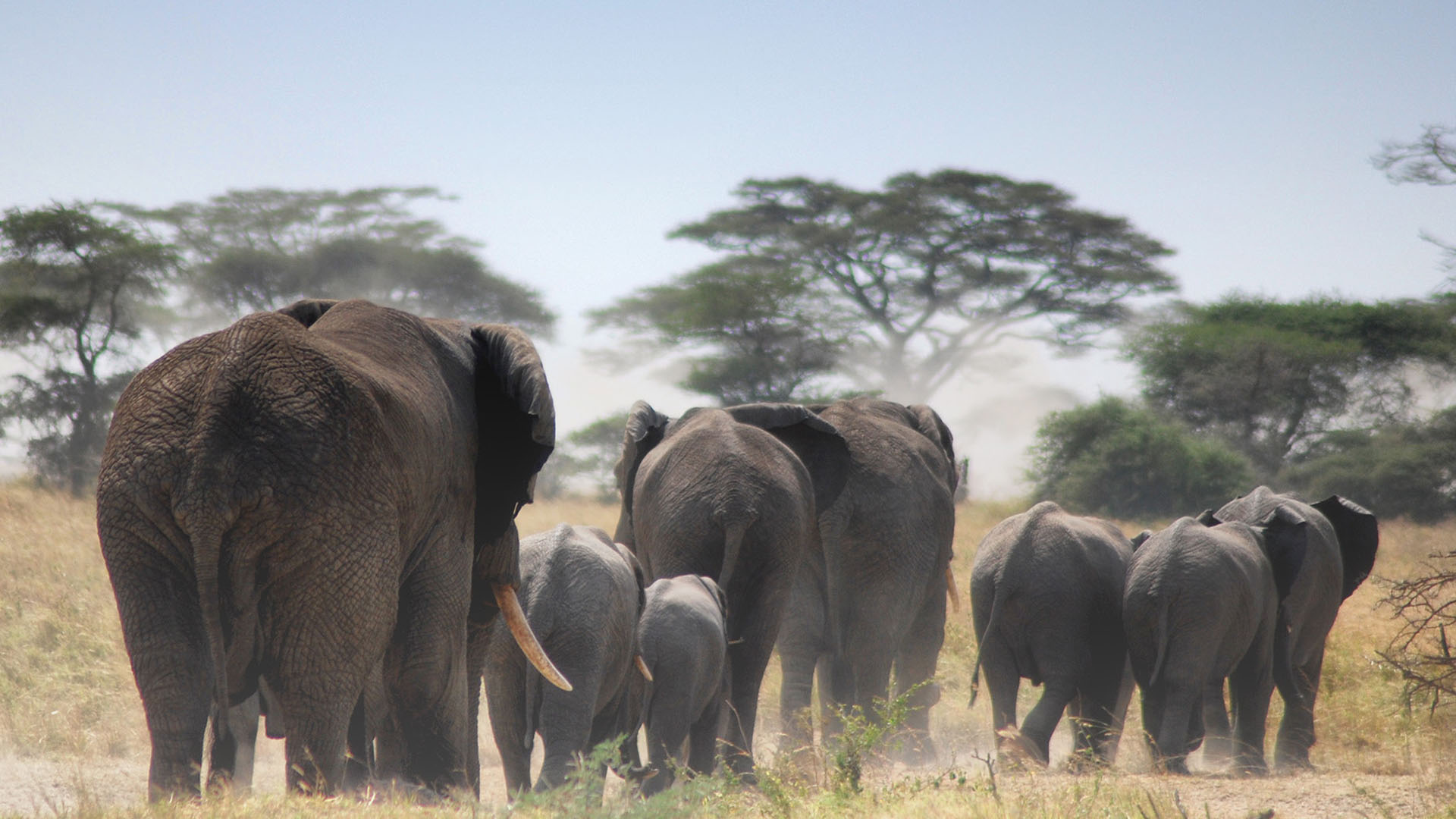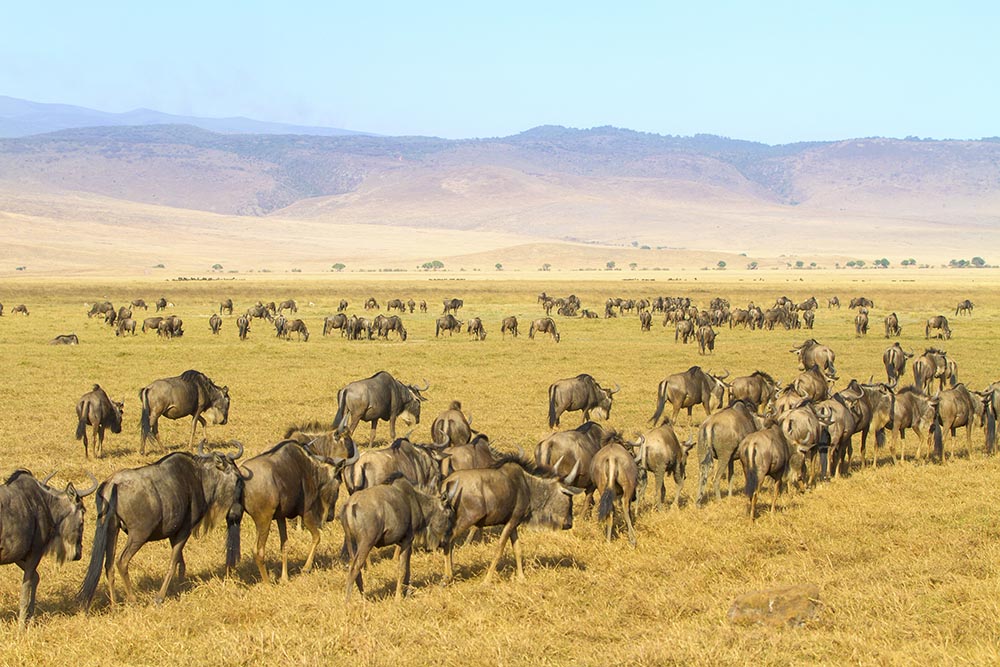Ngorongoro National Park
Ngorongoro Conservation Area, often referred to simply as Ngorongoro Crater or Ngorongoro, is a unique and remarkable protected area in northern Tanzania. It is not a national park in the traditional sense but rather a conservation area that encompasses a diverse range of ecosystems, including the iconic Ngorongoro Crater. Here are some key features and information about Ngorongoro Conservation Area: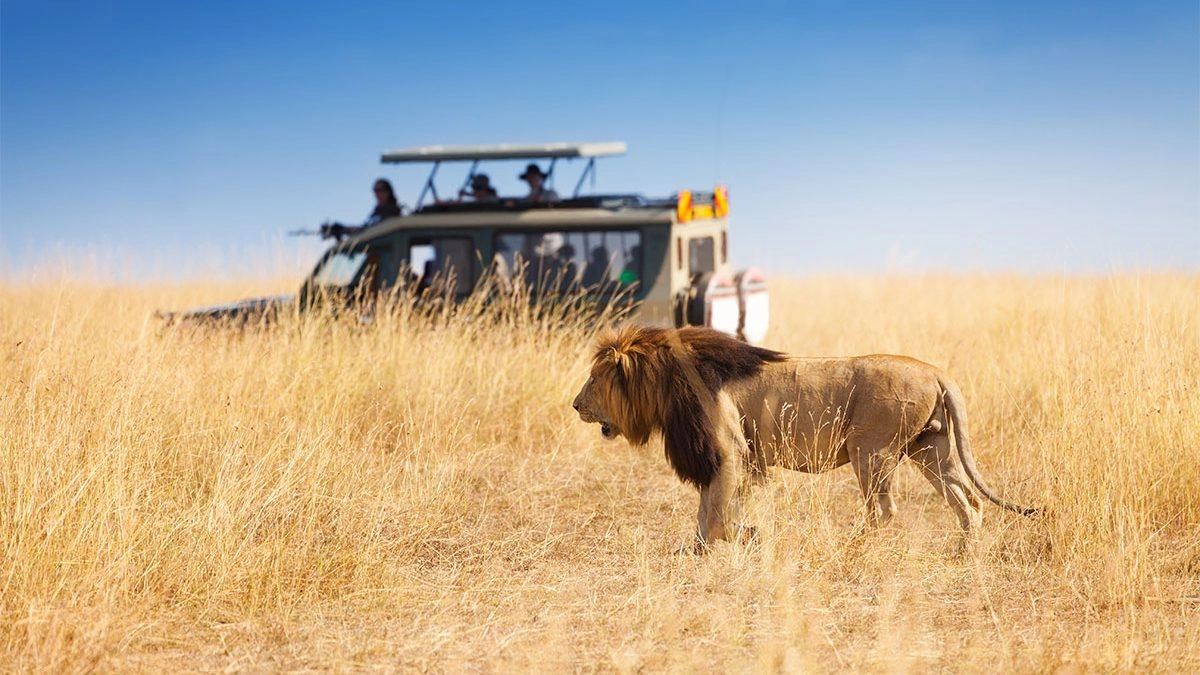
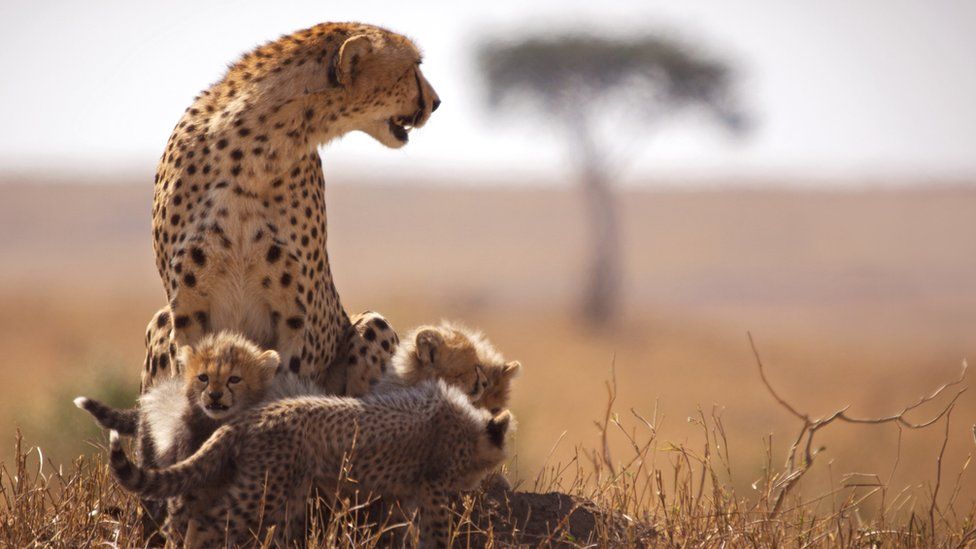
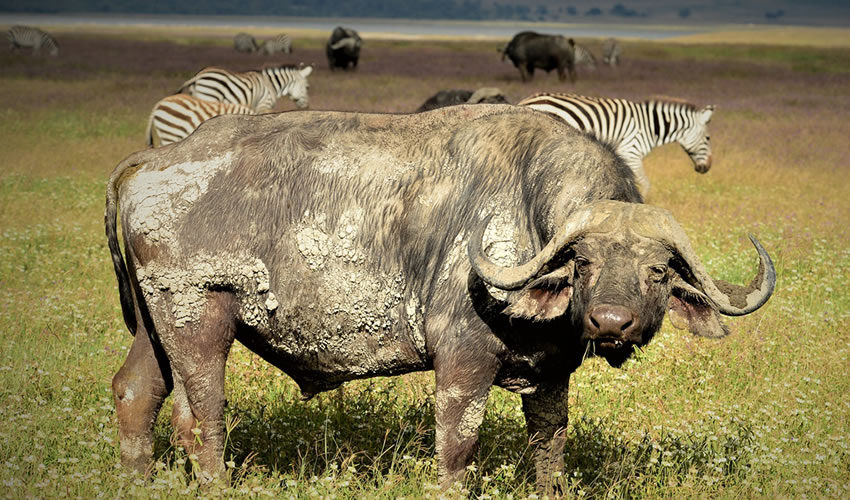
Ngorongoro Crater:
- The Ngorongoro Crater is a large volcanic caldera, formed by the collapse of a volcanic mountain, and it is one of the world’s largest intact calderas.
- The crater floor is a self-contained ecosystem, hosting a high concentration of wildlife, including the “Big Five” (lion, elephant, buffalo, leopard, and rhinoceros). The diverse habitats within the crater support a rich variety of flora and fauna.
Wildlife and Biodiversity:
- The Ngorongoro Conservation Area is home to a wide range of wildlife, including large herds of wildebeests, zebras, and gazelles. It also provides a habitat for predators such as lions, cheetahs, and hyenas.
- The conservation area is known for its high biodiversity and the presence of endangered black rhinoceros. The crater serves as a natural enclosure, offering protection for various species.
Maasai People:
- The Maasai people inhabit certain areas within the Ngorongoro Conservation Area. Their traditional way of life involves coexisting with wildlife, and they play a role in the conservation efforts of the region.
- The Maasai are known for their distinctive clothing, beadwork, and a semi-nomadic lifestyle centered around herding livestock.
Olduvai Gorge:
- Located within the conservation area, Olduvai Gorge is an archaeological site that has provided valuable insights into human evolution. Fossil discoveries in this area have contributed significantly to the understanding of early hominids.
Conservation Status:
- Ngorongoro Conservation Area was designated a UNESCO World Heritage Site in 1979 due to its cultural and natural significance.
Tourism and Safari Activities:
- Visitors to Ngorongoro can enjoy game drives within the crater, providing excellent opportunities for wildlife viewing.
- Guided walks, visits to Maasai villages, and exploring the archaeological sites at Olduvai Gorge are additional activities available to tourists.


